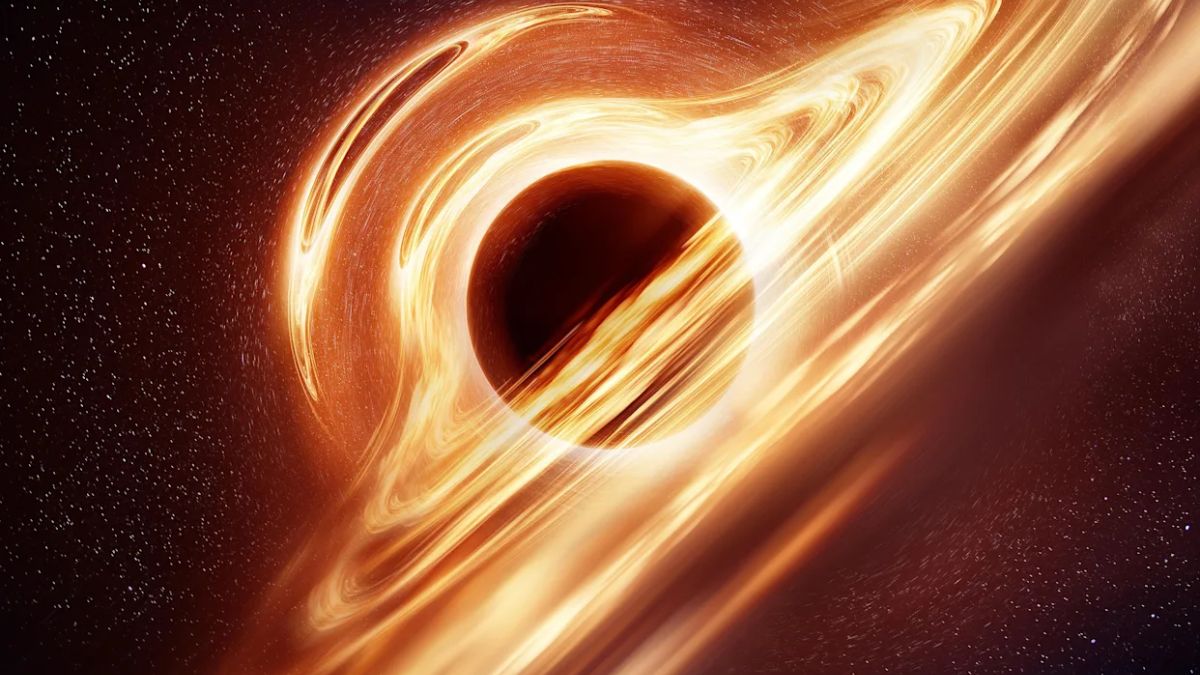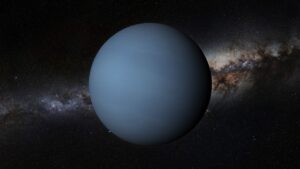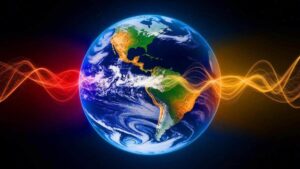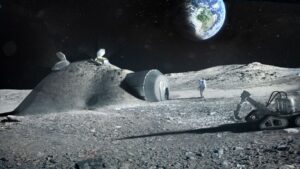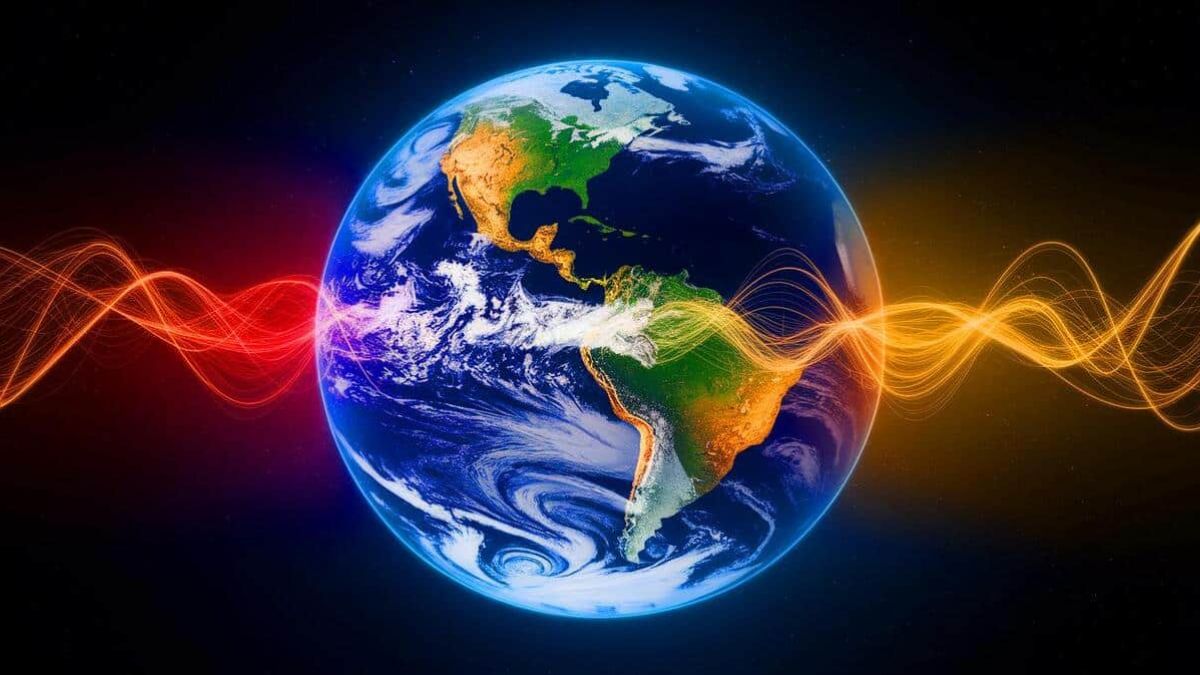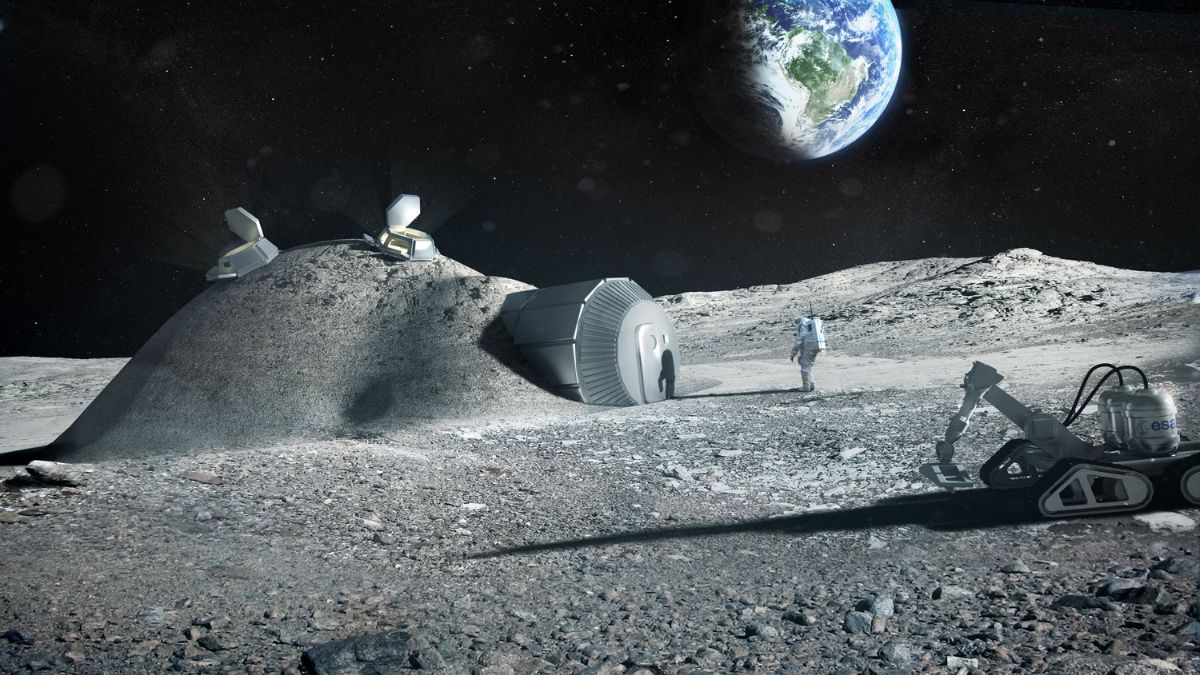The James Webb Space Telescope has done it again—flipping our understanding of how supermassive black holes form. This time, it spotted what looks like a cosmic infinity sign in space, the result of two galaxies colliding. But tucked inside that gorgeous celestial shape might be something even more incredible: the formation of a supermassive black hole through a process called direct collapse.
Sounds complex? Don’t worry. Let’s break it all down.
Shape
At first glance, the image Webb captured might seem like a stunning photo—two glowing red cores linked by spiral rings. Almost like a cosmic love knot, it even forms the shape of an infinity symbol. But there’s more to it than just beauty. Deep inside that glowing structure, Webb’s infrared sensors picked up a dense gas cloud—a potential black hole nursery.
And not just any black hole—a supermassive one, millions of times the mass of our sun.
Theory
This brings us to the theory that’s now getting fresh evidence: direct collapse. You’ve probably heard that black holes form when stars explode or collapse. That’s true for the smaller ones. But for the massive monsters at the centers of galaxies, it’s a bit more mysterious.
The “direct collapse” theory says that instead of being born from stars, some black holes could form directly from enormous gas clouds collapsing under their own gravity. No stars involved. Just gas, pressure, and raw cosmic chaos.
Webb’s new image seems to support this idea. Why? Because we’ve already seen huge black holes that existed very early in the universe’s history—so early, they wouldn’t have had time to grow through the usual star-collapse and merging process. Direct collapse could explain how they got so big, so fast.
Collision
The now-famous image—nicknamed the “Infinity Galaxy”—shows two galaxies mid-collision. It’s a chaotic scene, but also strangely poetic. As their masses intertwine, the gas between them compresses intensely, forming a thick, dense core. And that core might be doing something we’ve never seen in action before—collapsing straight into a supermassive black hole.
Pieter van Dokkum, one of the scientists involved in the study, believes this scene is more than just dramatic. It could be a key missing piece in understanding how these giants are born.
Evidence
Of course, nothing is confirmed yet. Scientists are still studying all the data. But so far, this image is one of the strongest pieces of visual and analytical evidence backing the direct collapse model.
More importantly, other explanations for early black hole formation are starting to lose ground. It’s not just about what we see—it’s also about what other theories can’t explain.
This isn’t just a cosmic spectacle. It’s a potential rewrite of how we understand the early universe.
Future
So what happens next? Researchers will continue poring over data from Webb and other observatories to see if this event is truly a direct collapse—or something else. Either way, this galactic scene has become a natural space laboratory, showing us what may have happened over 13 billion years ago.
That’s right—the same process that created the black holes now sitting quietly at the centers of galaxies like our Milky Way might be unfolding before our eyes.
Webb
James Webb keeps giving us more than just pretty space pics. With its infrared capabilities, it’s revealing cosmic events and structures that have been hidden until now. From ancient galaxies to star nurseries and now possibly the birth of a supermassive black hole—it’s changing everything.
And this discovery? It might just be the beginning. If we’re seeing one direct collapse, there could be more. Many more.
Space, it seems, has a lot of secrets left. Good thing Webb isn’t done watching.
FAQs
What is the Infinity Galaxy?
A galactic collision captured by Webb forming an infinity shape.
What is a direct collapse black hole?
It’s a black hole formed from a gas cloud, not a star.
Why is this discovery important?
It supports the theory of early black hole formation by gas collapse.
Did Webb confirm a black hole?
Not yet, but evidence strongly supports one forming now.
How big are supermassive black holes?
They can be millions of times larger than our sun.

